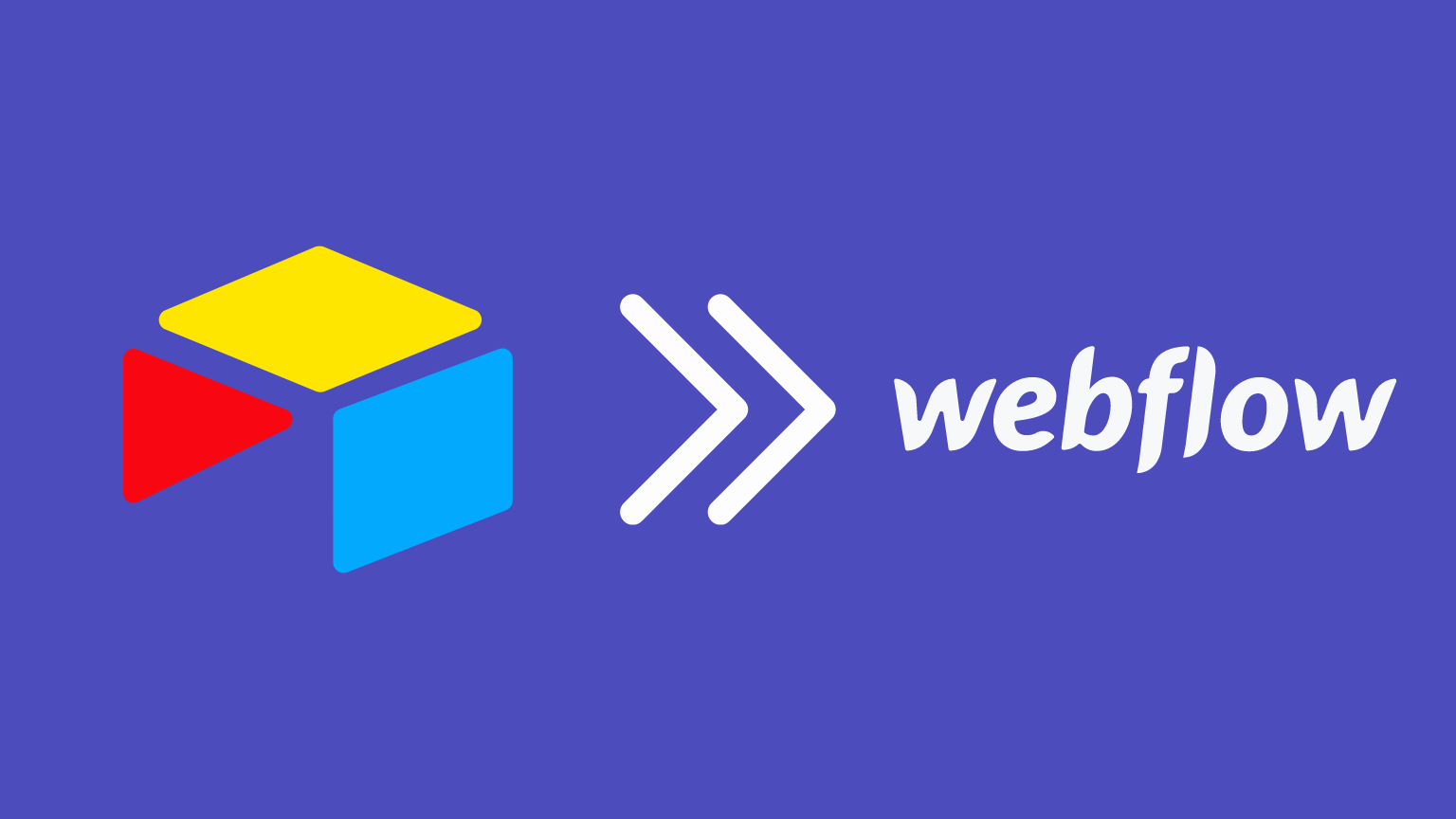The best tools to integrate Airtable and Webflow CMS


At PowerImporter, we’d love to imagine a world where our competitors don’t exist—like unicorns or a perfectly calm Monday morning. But let’s be real: in the bustling marketplace of no-code solutions, other tools do exist, and they bring their own flavors to the table.
The best tools to integrate Airtable and Webflow CMS

We believe in the power of informed choices. That’s why, as much as it tickles our funny bone to talk about our competitors, we’re rolling out the red carpet for them in this article.
So, let’s embark on a journey of transparent comparisons, where we highlight not just the sparkle of PowerImporter but also take a peek at the other stars in the constellation. After all, a little competition never hurt anybody! By the end of this, you might just be ready join the PowerImporter community!
Let’s break down the pros and cons of the most popular options on the market, so you can make an informed decision.
Whalesync

Whalesync is a data syncing tool that allows you to create a real-time, two-way sync between Airtable and Webflow CMS.
Advantages
- It understands what data you have in each app and constantly checks to see if anything is different.
- It automatically creates, updates, and deletes records bi-directionally, so any time you make a change in one app, it syncs to the other automatically.
- It provides a deep, stable, and reliable connection between the two tools.
Disadvantages
- Two-way sync exposes you to the risk of losing control over your website if people alter content in Airtable and Webflow.
- Having recently increased its price plan, Whalesync is one of the most expensive products on the market.
Zapier

Zapier is an automation tool that allows you to create “if-this-then-that” statements that connect Airtable to Webflow CMS.
Advantages
- It’s highly flexible and lets you architect logic by creating bespoke “zaps” – such as, if a user submits a Webflow form on my site, add the data to Airtable.
- By combining Airtable automations with Zapier, you can create powerful workflows.
Disadvantages
- Manual zap creation makes it more labour-intensive than a tool like PowerImporter.
- While cheaper than Whalesync, it remains more expensive than other options.
- Zapier does not handle all field types, such as multi-reference fields.
PowerImporter

PowerImporter is a data syncing tool that automates the process of transferring all your Airtable data into Webflow CMS.
Advantages
- It allows you to transfer your Airtable data to your Webflow website with a few clicks and keep them in sync automatically.
- It removes the need for time-consuming and error-prone manual data entry.
- Any changes made in your Airtable database will automatically reflect on your Webflow site, ensuring that its content is always up to date.
- It’s competitively priced compared to more expensive tools like Whalesync and Zapier.
Disadvantages
- It doesn’t facilitate two-way sync so updates in Webflow won’t be reflected in Airtable.
Make

Make is a visual platform that allows you to design, build, and automate anything – from tasks and workflows to apps and systems.
Advantages
- It allows you to visually integrate Airtable and Webflow into any workflow to save time and resources.
- It allows you to connect Airtable and Webflow with any of your favourite apps in just a few clicks.
Disadvantages
- Make offers a range of other services, meaning it does not specialise in providing streamlined and seamless Airtable and Webflow integrations.
Nobull

Nobull is a tool from web development firm Finsweet that syncs Webflow collections and Airtable Bases.
Advantages
- It allows you to control Webflow CMS collections directly in Airtable.
Disadvantages
- It is still in Beta version, with no indication of what pricing will be.
Choosing the Right Integration Tool for Your Needs

Selecting the right tool to integrate Airtable with Webflow CMS depends on your specific requirements, budget, and the level of complexity you're comfortable managing. Here's a breakdown to help you make an informed decision:
For real-time, two-way synchronization: Whalesync
- Ideal for businesses that require instant updates in both Airtable and Webflow, ensuring data consistency across platforms.
- Best suited for teams that can manage the potential complexity and risks associated with two-way data sync.
For custom workflow automation: Zapier
- Perfect for those who need customized, event-driven workflows, offering flexibility in connecting various apps and services.
- Most beneficial for users who require a high degree of automation customization and are willing to invest time in setting up and maintaining "zaps."
For cost-effective, one-way data syncing: PowerImporter
- The go-to choice for users seeking a straightforward, no-fuss solution to keep their Webflow site updated with changes from Airtable.
- Ideal for businesses looking for a cost-effective, low-maintenance solution without the need for two-way sync.
For versatile, multi-app integration: Make
- Best for users who need to integrate multiple apps and services, not just Airtable and Webflow, into complex workflows.
- Suitable for those who prefer a visual interface to design and manage their automation workflows.
For direct Webflow CMS control via Airtable: Nobull
- A good fit for users who primarily want to manage their Webflow CMS collections directly from Airtable.
- Best suited for those who are comfortable engaging with and contributing to a tool during its formative stages.
In conclusion, each tool has its unique strengths and is best suited for different types of users and business requirements.
Whalesync and Zapier offer more advanced and flexible integration capabilities, while PowerImporter provides a more streamlined, cost-effective solution for one-way data syncing.
Make is ideal for users who require complex, multi-app workflows, and Nobull is perfect for those who wish to manage Webflow CMS directly from Airtable.
Assess your specific needs, the complexity of your workflows, and your budget to choose the tool that aligns best with your objectives, ensuring a seamless and efficient integration between Airtable and Webflow CMS.
We hope this information has been useful!


